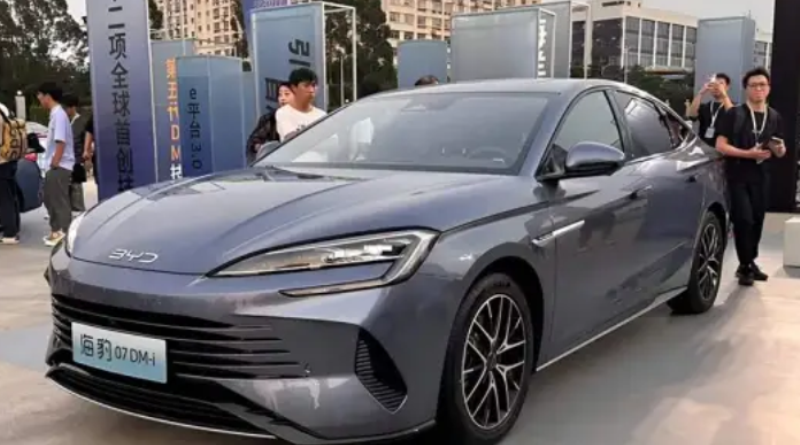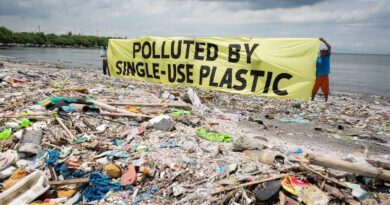The car you only need to refuel seven times a year: BYD shows off new plug-in hybrid Seal 07 sedan in China that is a Toyota Camry on steroids
2000km. That’s the range Chinese automaker BYD is claiming with its new plug-in hybrid (PHEV), the Seal 07 DM-i.
The announcement of the ultra-long range model comes as the brand unveiled two new-editions to its Seal lineup in China overnight, the other being the new 2025 Seal EV.
Though that news was arguably less exciting than the new PHEV model, which BYD says will be offered with the choice of two powertrains.
Customers will have a choice of a 1.5-litre engine that produces 74kW and is paired with a 160kW electric motor, or a turbocharged, performance-orientated 1.5-litre engine that delivers 115kW alongside a 200kW electric motor.
There will be two battery options as well, a 10kWh battery and a 17kWh battery, both are BYD’s Blade lithium-iron phosphate cells.
BYD says these models provide a respective 70km and 120km of pure electric power, according to the Chinese light-duty vehicle test cycle (CLTC), with the higher-end battery packing a claimed range of 2000km and a fuel economy of 3.9L/100km.
The average Australian is claimed to travel roughly 15,000km a year, which mean they’ll only need to visit a petrol station about seven times every year according to these figures.
BYD’s tests were conducted using the more generous CLTC test rather than the more stringent and widely used World Harmonised Light-Vehicle Testing Procedures (WLTP).
It is important to note as well that plug-in hybrid vehicles are dependent on being fully charged to maximise their full driving range. This is because PHEV vehicles are typically heavier than standard petrol and hybrid power cars as they carry a bigger battery pack as well as an internal combustion engine. There smaller capacity engines are also less fuel efficient when the battery is depleted compared to standard petrol cars.
Aside from the Seal 07 DM-i’s powertrain features, the vehicle gets a refreshed look compared to its predecessor the Seal DM-i.
It has a new, slightly extended front grille that sports strong horizontal lines. It retains the same dimensions as the previous model though, at 4980mm in length, 1890mm in width and 1495mm in height, with a 2900mm wheelbase.
Inside, a new “Flower Grey” theme is accentuated by new aluminium trims. Depending on which variant you choose, the vehicle will have an 8.8-inch or a 10.26-inch digital driver display, and a 12.8-inch or 15.6-inch central multimedia screen.
Additional interior features include a wireless charging pad, a crystal gear shifter, a panoramic sunroof with an electric sunshade, a heated steering wheel as well as heated and ventilated seats.
For safety, the model includes 13 airbags, automatic emergency braking (AEB) and emergency lane keep assist as standard across the lineup.
BYD currently sells the electric Seal in Australia, which starts at $49,888 (before on-road costs), but there is no word on if it will bring the plug-in hybrid Seal 07 here.
Source: carsguide.com.au




